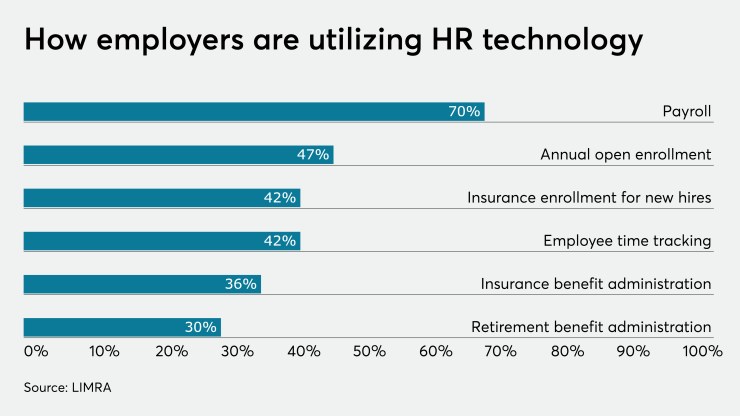The digital age has drastically changed the conversation surrounding workplace
Employer-subsidized fitness memberships and wellness programs are no longer considered a perk, but an industry standard to job seekers. On top of an already competitive landscape, the new working-from-home economy, which is likely to continue long past
The question now becomes how do you make your business alluring to potential hires, if there isn’t an on-site location to host
Read More:
As a serial entrepreneur, mainly in healthcare over the past 20-years, I’ve been a firsthand witness to technology’s impact on the wellness industry. In recent years and now exponentially with the onset of the pandemic, the role of artificial intelligence and
As these two notions evolve, new iterations of industry standards will arise through employer-sponsored plans. Selecting wellness programs that are competitive will be essential in attracting and retaining happy and healthy employees throughout the new year and beyond. Staying apprised of the best new wellness technologies in an already saturated space can help you be on the forefront of early adoption.
The continued rise of telehealth
Research firm Frost & Sullivan forecasts a sevenfold growth in telehealth by 2025 — a current boom that will continue to dominate throughout this next year and beyond.
As in-person doctor visits continue to decrease and individuals are empowered to proactively track their own health data, businesses will become more innovative and competitive with their services — providing an easy-to-follow path to wellness through telehealth will become the baseline of employee-sponsored plans.
Read More:
In addition, employers will pay closer attention to continuity of care — healthcare will evolve into a platform where mental health services, nutritionists, physicians and more all interact synchronously. This landscape will become more competitive as benefits managers search for the most convenient and user-friendly platforms that their employees will fold into daily routines.
Why pay attention to AI?
Research shows the number of health and fitness app users will stay above 84 million through 2022. With this upward trend in wearable wellness, new employer-sponsored programs utilizing AI data will drastically increase over the next 18 months.
As wearable fitness devices like Fitbit become increasingly popular, employers will capitalize on AI-generated data to incentivize proactive, consumer-driven healthcare. Simultaneously, employers will see a ripple effect of a reduction in hospital visits and readmissions due to poorly managed personal health — saving businesses dollars on healthcare plans for their employees.
A new way to wellness
A tectonic shift is currently occurring in wellness and in the manner in which employers think of healthcare. This innovative, individual health-incentivized cycle will become the new normal over the next several years. This shift in the paradigm of healthcare will create space for a healthier and happier workforce and reduced healthcare costs for businesses—a true win-win for everyone that couldn’t be executed as effectively without AI-driven data or telehealth.






